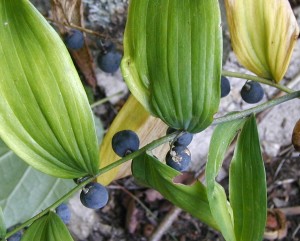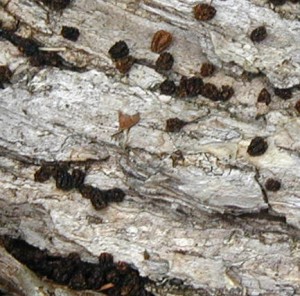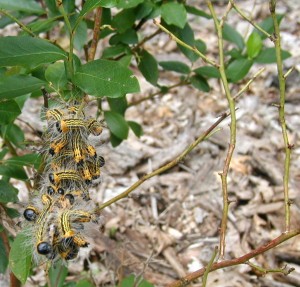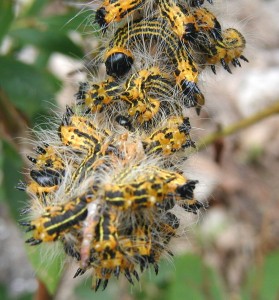Doing a little research today I ran across something that has to be useful to many of us who appreciate and grow plants. Often we’ll start plants by seed, or purchase young plants from a local greenhouse grower. It’s not often that we need to use a rooting hormone to start a plant from cuttings, but sometimes that’s the best way to propagate a plant.
Any garden center will have rooting hormones available for purchase. All you do is take your plant cutting and dip the root end into the rooting hormone and plant the cutting just as you would a transplant. The rooting hormones aid the young plant in developing roots so that it can grow big and strong.
You might pay $6 or $8 for a 2 oz. container of a powder like Rootone.
Instead of paying even a few dollars for a product that you can get directly from nature, forego the convenience and make your own rooting hormone tonic. All you need is a plant that contains the rooting hormones and make a little brew with it. The rooting hormones are known chemically as indole-3-butyric acid (IBA) and 1-naphthalene acetic acid (NAA). If you’re curious about other plant hormones, there are five major kinds. IBA and NAA are in the group of hormones known as auxins.
There are two types of trees that provide an easy source of these rooting hormones, poplar and willow trees. Harvest a few growing branches with leaves and cut the stems into 2-4 inch lengths. Fill a large pot with the wood bits and cover with water. Heat on low for a couple of hours, but do not boil. Turn off heat and let stand for 24 hours. Strain the liquid and compost the wood. Use the liquid as a rooting tonic. Submerge cuttings in tonic until ready to plant.
Thanks for the head-start, Kate! Here’s an Ag-Extension Primer on stem cuttings for propagating woody plants.
Instead of plant hormones for a rooting tonic, some folks rely on honey. They dip their cuttings in honey and take advantage of the natural fungicides and antibiotics in honey. The high sugar and mineral content probably helps the survival of stem cuttings dipped in honey.
Either way, I’ll be using a little help from nature to take some cuttings from the herbs that we could lose during winter. The blueberry patch out back seems another likely place to try these cuttings techniques!






